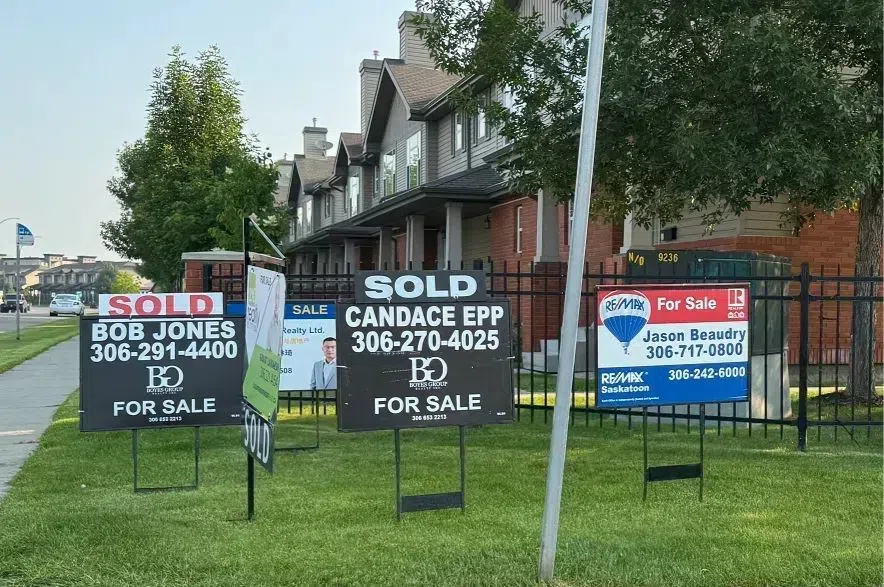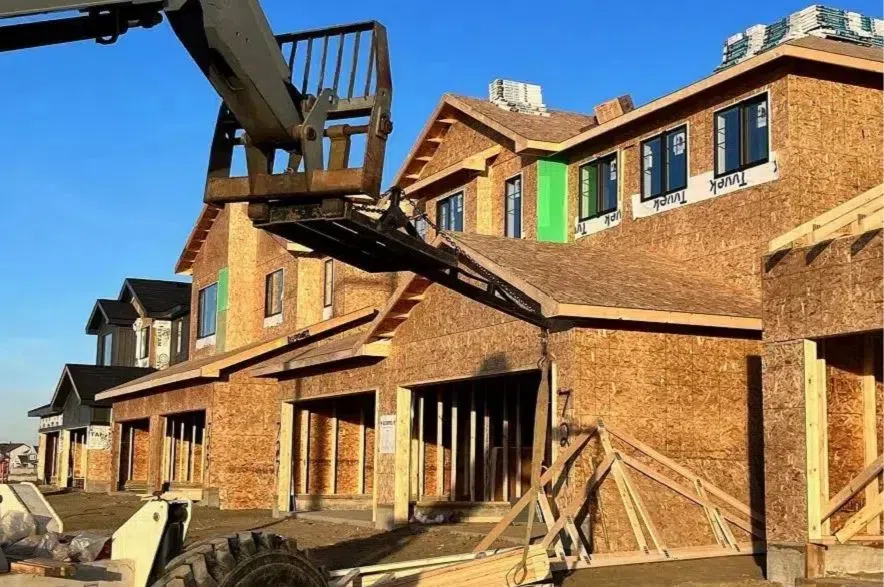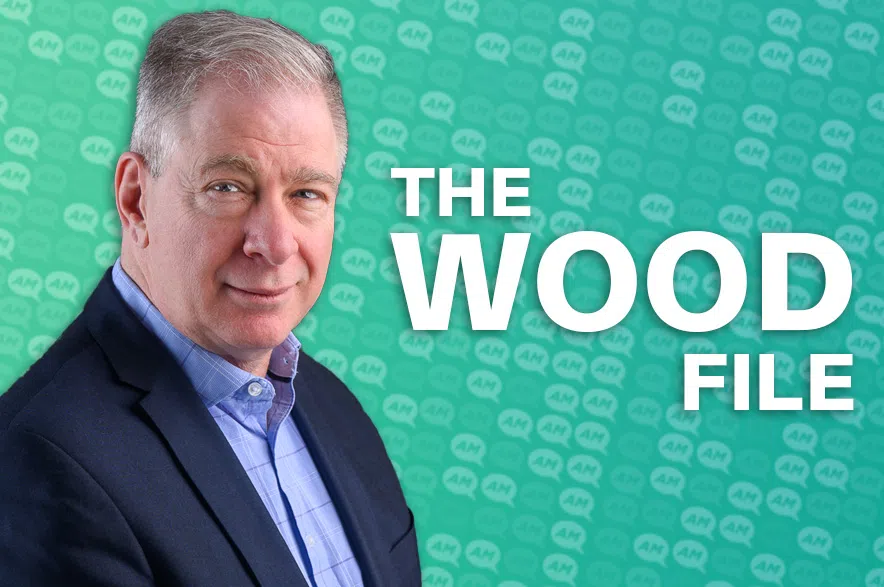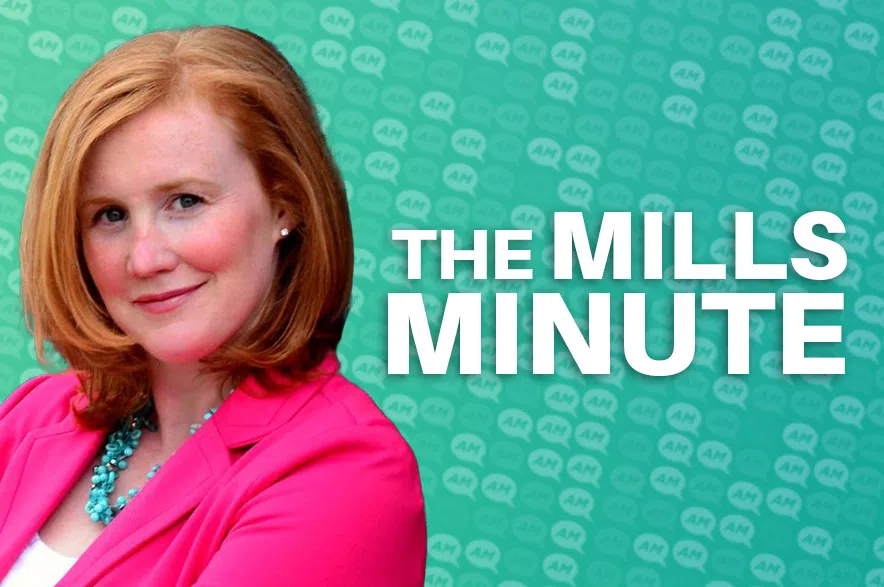Saskatchewan leads the country in year-to-date growth for housing starts, according to the Canada Mortgage and Housing Corporation.
The province saw a 49.8 per cent increase in housing starts in the first eight months of 2025, when compared to the same period in 2024.
Read more:
- Build Canada Homes aims to build 4,000 housing units on federal land: Carney
- Housing builds jump in Sask., but more needed
- Home sales above average in Sask. despite ongoing inventory challenges
“Saskatchewan continues to lead Canada’s housing starts numbers, proving that more people than ever before are choosing to call this beautiful province home,” Trade and Export Development Minister Warren Kaeding said in a statement.
“This surge in housing starts means more jobs, opportunities, and greater affordability for the citizens of our ever-growing province.”
Saskatchewan also saw a year-over-year increase in housing starts of of 44.7 per cent from August of 2024 to August of 2025.
Last month, housing starts on single-family dwellings increased by 35.9 per cent and starts for buildings with multiple units increased by 51.3 per cent, compared to August of 2024.
“Housing starts are a measure of the number of new housing builds where construction has begun,” read the statement.
Saskatchewan’s GDP hits all-time high
According to Statistics Canada’s latest GDP numbers, Saskatchewan’s 2024 real GDP reached an all-time high of $80.5 billion, increasing by $2.6 billion, or 3.4 per cent, making Saskatchewan second in the nation for real GDP growth, which is above the national average of 1.6 per cent.
Saskatchewan also ranks first in the country for private capital investment, which increased last year by 17.3 per cent to $14.7 billion. Private capital investment is projected to reach $16.2 billion in 2025, an increase of 10.1 per cent over 2024. This is the second-highest anticipated percentage increase among the provinces.

The Saskatchewan Realtors Association reported the average household in Regina spends 26 per cent on housing related costs, such as mortgage payments, property taxes and utilities, which is 30 per cent less compared to the national average of 56 per cent. (650 CKOM file photo)
Regina most affordable city to buy home in Canada: Report
Regina is the most affordable city to buy a home, according the the city’s first annual Growth Monitoring Report.
The Saskatchewan Realtors Association reported the average household in Regina spends 26 per cent of its income on housing related costs, such as mortgage payments, property taxes and utilities, which is 30 per cent less than the national average of 56 per cent.
That calculation was based on a 2025 benchmark price of $341,300.
The report also tracked trends in population growth and housing development. Regina’s population grew by an estimated 22,000 people between 2021 and 2024, according to the report.
“Tracking Regina’s growth informs strategic long-range infrastructure and land use planning to support future growth,” said Luke Grazier, Regina’s manager of city projects.
“Collecting this information in one place can answer questions for housing and business developers interested in investing in the city.”
Between 2021 and 2024, the city approved building permits for more than 4,490 new housing units, including 569 affordable housing units and on-site support suites through the Housing Incentives Program between 2020 and 2024.
Building permits for 1,141 new housing units have been approved by the city in 2025, including 229 affordable units through incentives like capital grants and tax exemptions.
“Regina’s new Growth Monitoring Report provides a clearer snapshot of how our city is growing and changing,” said Stu Niebergall, president and CEO of the Regina and Region Home Builders’ Association, which contributed to the report. “It’s a valuable tool to guide smart investments, shape policy and ensure Regina’s growth remains sustainable and inclusive.”
“Regina met its target of 30 per cent of new residential development in established neighbourhoods, with 70 per cent in new neighbourhoods, in 2024 and is on track to repeat it in 2025. A total of 47 chronically vacant lots were developed over the past five years, with a construction value of $97.2 million. That added 361 new housing units and created 75,400 square feet of new commercial, industrial and institutional space in the city,” read the statement.











